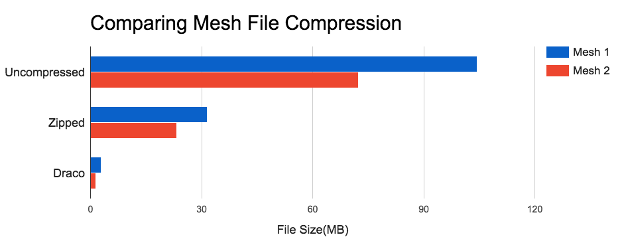
On July 1, Amazing Seasun Games is set to unveil its highly anticipated action shooting game - Mecha BREAK, with a multiplatform launch across PC and Console. A key to their PC growth strategy is Google Play Games on PC, enabling the team to build excitement with a pre-registration campaign, maximize revenue with PC earnback, and ensure a secure, top-tier experience on PC.
Building momentum with pre-registration
With a legacy of creating high-quality games since 1995, Amazing Seasun Games has already seen Mecha BREAK attract over 3.5 million players during the last beta test. To build on this momentum, the studio is bringing their game to Google Play Games on PC to open pre-registration and connect with its massive player audience.
"We were excited to launch on Google Play Games on PC. We want to make sure all players can enjoy the Mecha BREAK experience worldwide."- Kris Kwok, Executive Producer of Mecha BREAK and CEO of Amazing Seasun Games

Accelerating growth with the Native PC program
Mecha BREAK's launch strategy includes leveraging the native PC earnback, a program that gives native PC developers the opportunity to unlock up to 15% in additional earnback.
Beyond earnback, the program offers comprehensive support for PC game development, distribution, and growth. Developers can manage PC builds in Play Console, simplifying the process of packaging PC versions, configuring releases, and managing store listings. Now, you can also view PC-specific sales reports, providing a more precise analysis of your game's financial performance.
Delivering a secure and high quality PC experience
Mecha BREAK is designed to deliver an intense and high-fidelity experience on PC. Built on a cutting-edge, proprietary 3D engine, the game offers players three unique modes of fast-paced combat on land and in the air.
- Diverse combat styles: Engage in six-on-six hero battles, three-on-three matches, or the unique PvPvE extraction mode "Mashmak".
- Free customization options: Create personalized characters with a vast array of colors, patterns and gameplay styles, from close-quarters brawlers to long-range tactical units.

The decision to integrate with Google Play Games on PC was driven by the platform's robust security infrastructure, including tools such as Play Integrity API, supporting large-scale global games like Mecha BREAK.
"Mecha BREAK’s multiplayer setting made Google Play Games a strong choice, as we expect exceptional operational stability and performance. The platform also offers advanced malware protection and anti-cheat capabilities."- Kris Kwok, Executive Producer of Mecha BREAK and CEO of Amazing Seasun Games
Bring your game to Google Play Games on PC
This year, the native PC program is open to all PC games, including PC-only titles. If you're ready to expand your game's reach and accelerate its growth, learn more about the eligibility requirements and how to join the program today.














